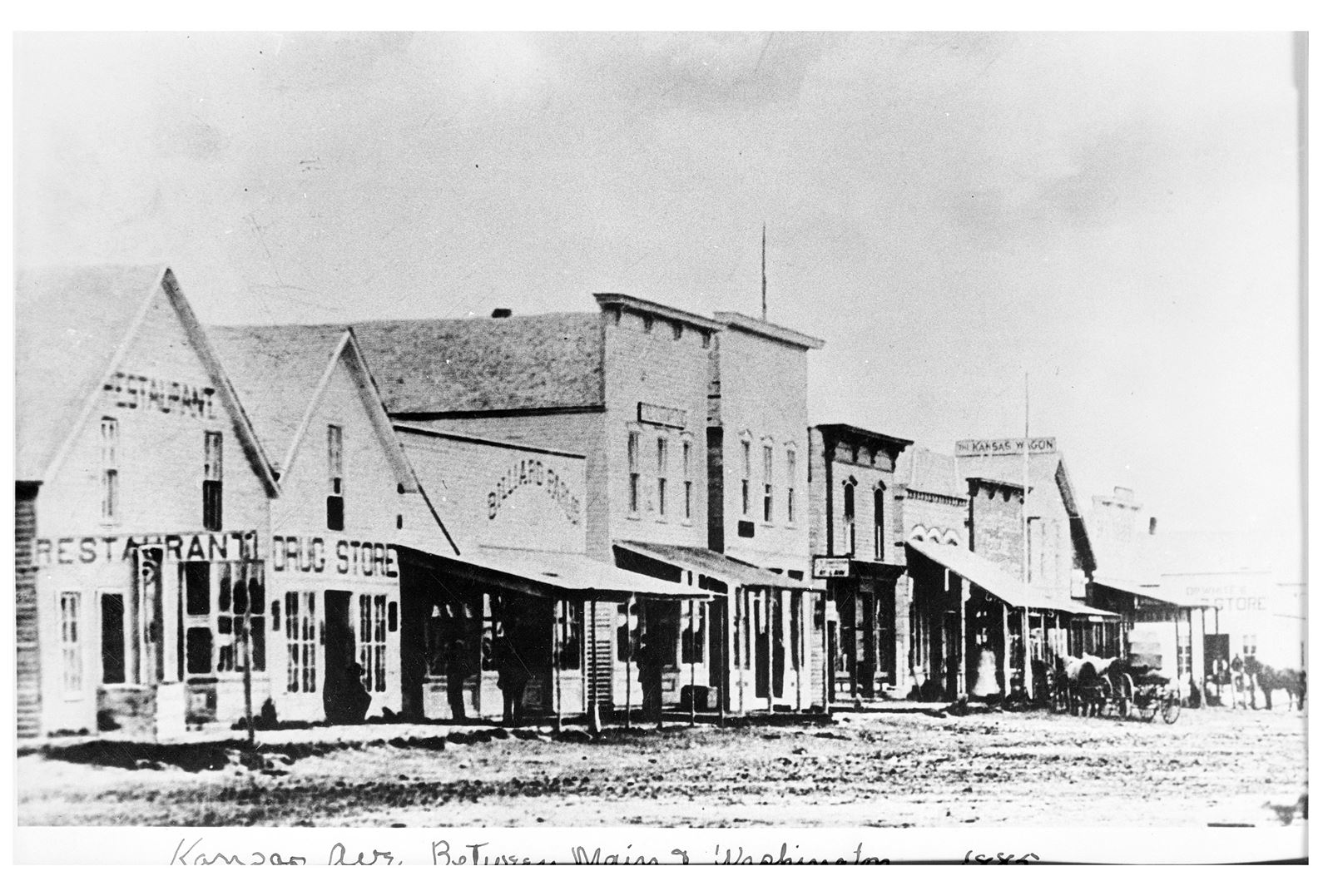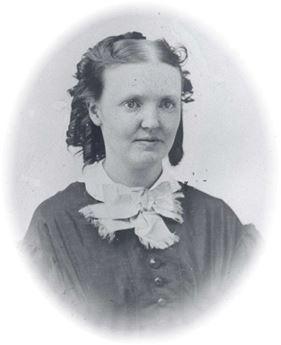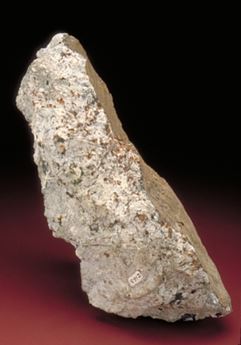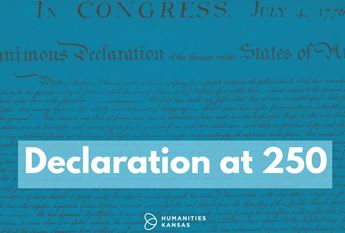

Norton: The Pioneer Spirit
March 9, 2021
What happens when bold individuals determined to blaze new trails find their way to the same area?
Look to Norton County, Kansas to begin uncovering the answer. There, local pioneers known for their boldness, 19th century progressive values, and fiery personalities sought to establish new towns, grow small businesses, and make history in the early medical field. More recently, Norton County residents have embraced this spirit to capture local experiences and challenges during the pandemic; “The Place in Between: Life in Norton County during the 2020 Pandemic” includes “porch-traits” of families at home, community art, and oral histories. These stories come together in “Breaking Ground: Tales of Norton County Fireballs,” the companion exhibition to Crossroads: Change in Rural America Smithsonian traveling exhibition. The Norton County Arts Council’s exhibition give us insights into Norton County’s past and present and helps us consider the ways in which the term “pioneer” is shifting and complex.
Questions for Discussion
Take a few minutes to explore the “Breaking Ground: Tales of Norton County Fireballs” exhibit, and then answer the following questions:
- How do you define the word “pioneer”? In what ways is this term positive? In what ways is this term problematic?
- As Kansans, we may embrace the idea that we collectively possess a “pioneer spirit” as the result of our shared history and culture. Often we think of the pioneer spirit as something that includes characteristics like courage, perseverance, and adventurousness. Clearly, these were all embodied in a person like Dr. Phebe Amelia Oliver Briggs, who was unafraid to venture into new geographic, professional, and cultural territories. But we also know that European pioneers in the 17th, 18th, and 19th centuries caused great harm to the indigenous peoples of the plains who were here long before their arrival. If we were to complicate the “pioneer spirit,” what characteristics might we also include in this list?
- Who are the professional, cultural, and political pioneers you look up to today? Do these pioneers need to be concerned about any of the more problematic aspects of the “pioneer spirit” in their pioneering endeavors? Why or why not?
Go Further
Now that you’ve explored “Breaking Ground: Tales of Norton County Fireballs,” consider the following activities as ways to enhance your learning:
- Learn more about meteorites in Kansas. The Norton County meteorite that fell from the sky in a giant fireball in 1948 was one of the largest aubrite meteorites ever discovered. Did you know that of the 1,671 meteorites verified in the United States as of April 2013, 158 came from Kansas? Or that Kansas, especially the western region, is good for finding meteorites because of its open landscape and climate? Explore types of meteorites and learn how to identify any you might find at the links above.
- Read a Big Idea essay from Sarah Lamm, native of Colby and doctoral student in planetary science at Northern Arizona University in Flagstaff. Sarah studies rocks on Mars and her essay, “It's Time for More Representation in STEM,” emphasizes the importance of seeing diverse people pursuing and succeeding in careers in science-related fields.
- Hear local stories or share yours. Many communities across Kansas have been reaching out to capture oral histories from their residents during the pandemic. Explore some of these stories Ashland, Emporia, and Sabetha. From Norton? Help the Norton County Arts Council with their oral history project by filling out the form here. Or start your own oral history project with our COVID-19 oral history questionnaire, created by Director of the Kansas Studies Institute, Dr. Tai Edwards.
- Consider how the humanities can help. Watch University of Kansas Professor Emeritus, Dr. Edgar Tidwell, share his thoughts about how the humanities can help us all survive this unprecedented historical and cultural moment.
- Visit the Smithsonian’s Crossroads: Change in Rural America traveling exhibition and the “Breaking Ground: Tales of Norton County Fireballs” exhibit at the Gloria Nelson Cultural Arts Center on the main level of the recently renovated historic Heaton building. Be sure to check hours and safety information before planning a trip.
Finally, share what you’ve learned by telling us about it on Facebook or Instagram. You can tag us with your thoughts at @humanitieskansas, using the hashtag, #CrossroadsKS. We can’t wait to hear what you’ve taken away from these Kansas crossroads!
Gallery
 View
View View
View


